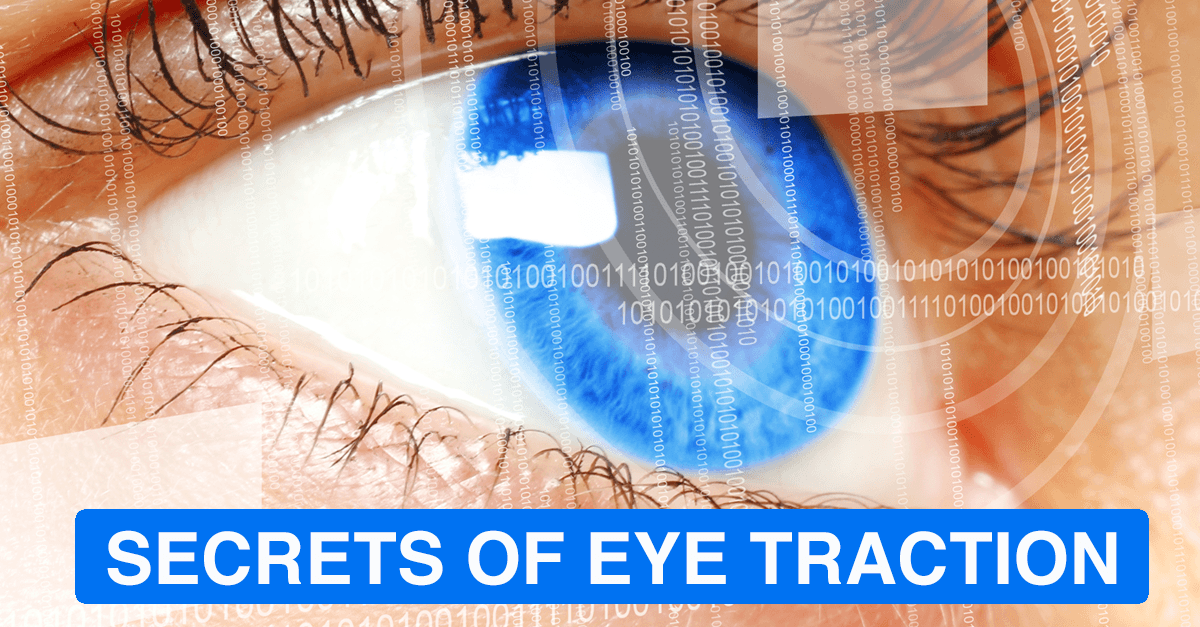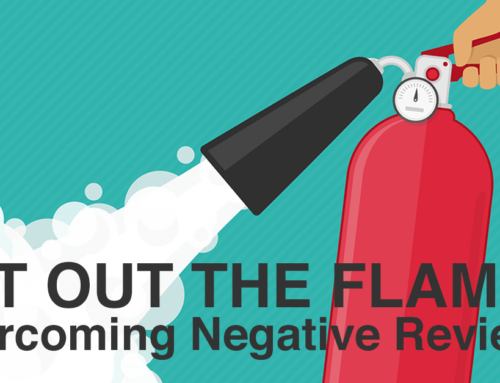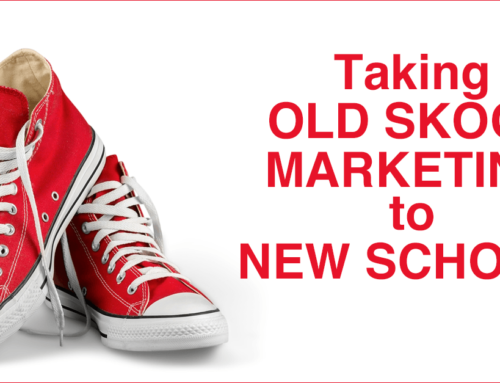We study design, from the simple typographic magic of Massimo Vignelli to the spectacular industrial impact of Jonny Ive. It is important for us to continuously learn about user experience from masters like Don Norman and Jakob Nielsen. We also read the neuroscience ideas from emerging icons like Robert Cialdini and Nir Eyal. One of the themes that we see weaving through all these disciplines is wiring the visual to the brain. We want to share our take on a high level set of “secrets to eye traction” that can help you get your message across more effectively in your marketing. It naturally fits within the AIDA framework we employ.
Visual Appeal Matters
Having attractive graphics, AKA eye candy, in your online marketing materials is highly advantageous. Anything you can do to present a strong first visual impression works in your favor. Does your picture tell the right story? Does your image stand out from others someone might see during the day? If not, find another. Visual appeal matters in grabbing ATTENTION, definitely a key ingredient in eye traction. Most of us see things online first (it’s called a browser, after all).
We love to share examples, and here’s a few sites where the visual appeal really matters…
Just One Way Ticket
Want to see breathtaking vacation spots? Check. The color saturation has been pumped to 11, making them even better.
Hand Luggage Only
If we eat with our eyes first, then HLO gets an A for making us hungry. They also tell a story, not just show us the finished photo-ready dessert.
Grain & Mortar
Eye traction doesn’t always have to come via a photograph. In fact, great illustration stands out in its own right – because it’s handmade. Grain & Mortar showcases many illustrations to capture our imagination (and get us reading).
Headlines Aren’t Just for SEO
As much as we love those keyword-packed headlines to help us rank on Google, if they suck, we aren’t going to keep reading. We’ll share some examples and some tools to help you do a better job. And note, headlines are one of those areas where you should consider split-testing, just to see if you’re missing something or communicating the wrong message.
Intelligent Change
One of our must-read productivity blogs is Intelligent Change, who post weekly with titles that almost require a click to see what they’re going to share.
Cooph
We share almost every post we see on Cooph because the photography is world-class and the tips are amazing. They also do a proper job crafting headlines, not only from a structural standpoint, but also using keywords and power words. Every aspect of their work gets eye traction.
Big Commerce
Hard statistics are hugely compelling in headlines. If you have original research, you’re way ahead in the content marketing game, and if you can show measurable results, your headline will definitely draw clicks. Big Commerce must have split test their headline because it changed (see the URL vs. the headline in the example).
Some Useful Links for Writing Better Headlines
https://coschedule.com/headline-analyzer
http://www.chrisg.com/wp-content/uploads/102-headline-formulas.pdf
https://goinswriter.com/catchy-headlines/
https://www.copyblogger.com/writing-headlines-that-get-results/
https://sumo.com/stories/persuasive-words
Contrast of Text and Background
Readability 101: your content should be…legible. That means a typeface that can be deciphered and a color scheme that is not blended to the point you can’t read it. Hint: medium grey on light grey is a #fail. It doesn’t HAVE to be #000000 (black) on a #FFFFFF (white) background, but that’s certainly a fine choice.
Zen Habits
Super simple. Totally clean. Absolutely readable.
Harsh Reality
On the other hand (#fail), white on black is harder to read, and if you add in other colors over black (e.g., tan), they’re not necessarily easy to read either. Is most paper white for a reason?
Location, Location, Location
If you want someone to read a particular piece of content, where it appears matters too. Is the content timely? Is it applicable to current customers but not prospect? Would the article be good to share with others? Is the information helpful in a certain context? Then it may belong on the home page, a blog page, in your social media posts, as a see-also in a blog post or as a guest post on another blog. Make sure you are putting the content in front of the right eyeballs, looking as attractive, enticing and noteworthy as possible. Relevant location is essential to attention.

Xplane
Our first example showcases a smart name for the blog: INSIGHTS. Why wouldn’t you want to click that?
15 Five
Although they’re not a vendor we work with (yet), they do a great job of featuring great content on the home page of the website. Three of three are of interest to a small business owner…
 Clearbit
Clearbit
Yes, retargeting is always a bit creepy. But just yesterday, I clicked a link on a post from Clearbit, and today they were in my Facebook news feed. For some, this tactic works, else no one would be using it. Visibility via targeting people where they go – location, location, location.
Secrets of Eye Traction
By studying good design, we can see that mapping from the visual to the brain and capture the power of neuromarketing. Using these secrets to eye traction (strong visuals, engaging headlines, good contrast and effective location), you can deliver your marketing message more effectively. Get the audience’s attention and pique their interest. Then you have a fighting change of turning them from casual visitors to engaged customers.













![Video Engagement [Infographic]](https://twistedpuppy.com/wp-content/uploads/2017/08/twisted-puppy-blog-video-engagement-1-500x383.png)



Ok, ok… I changed my template lol. 😉
Well played, Opinionated Man! I wasn’t trying to embarrass you – just using the example (hey, you knew!). Thanks for playing nice 🙂
lol, no worries and it got a smile. I’d actually reblog this if I could lol.
https://aopinionatedman.com/2017/09/27/my-blog-got-reviewed-failed/
Here you go bud. Have a great weekend! 😉